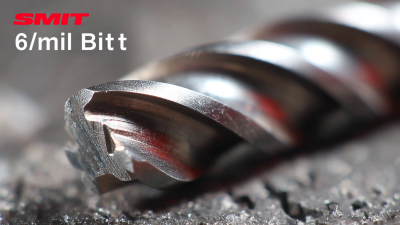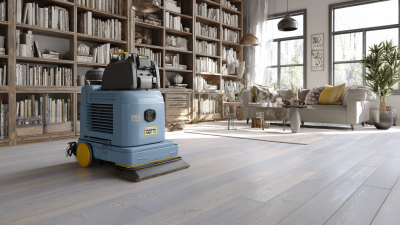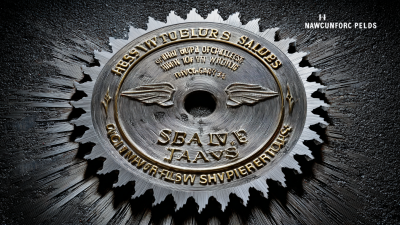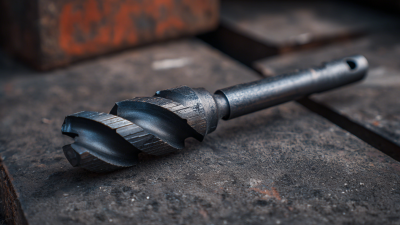FREE SHIPPING ON ALL BUSHNELL PRODUCTS
Leave Your Message
The Straight Grinder is a versatile tool widely utilized in various industrial applications, from metalworking to woodworking. Characterized by its straight spindle design, it allows for precision grinding, polishing, and surface finishing tasks. According to a report by Market Research Future, the global power tools market, which includes straight grinders, is anticipated to reach USD 41.75 billion by 2025, driven by the increasing demand for efficient and high-performance tools across industries. The adaptability of straight grinders makes them invaluable in sectors such as automotive, construction, and manufacturing, where precision and quality are paramount. As professionals seek to enhance their operational efficiency and reduce production costs, understanding the key features and applications of straight grinders becomes essential for leveraging their full potential in today’s competitive landscape.
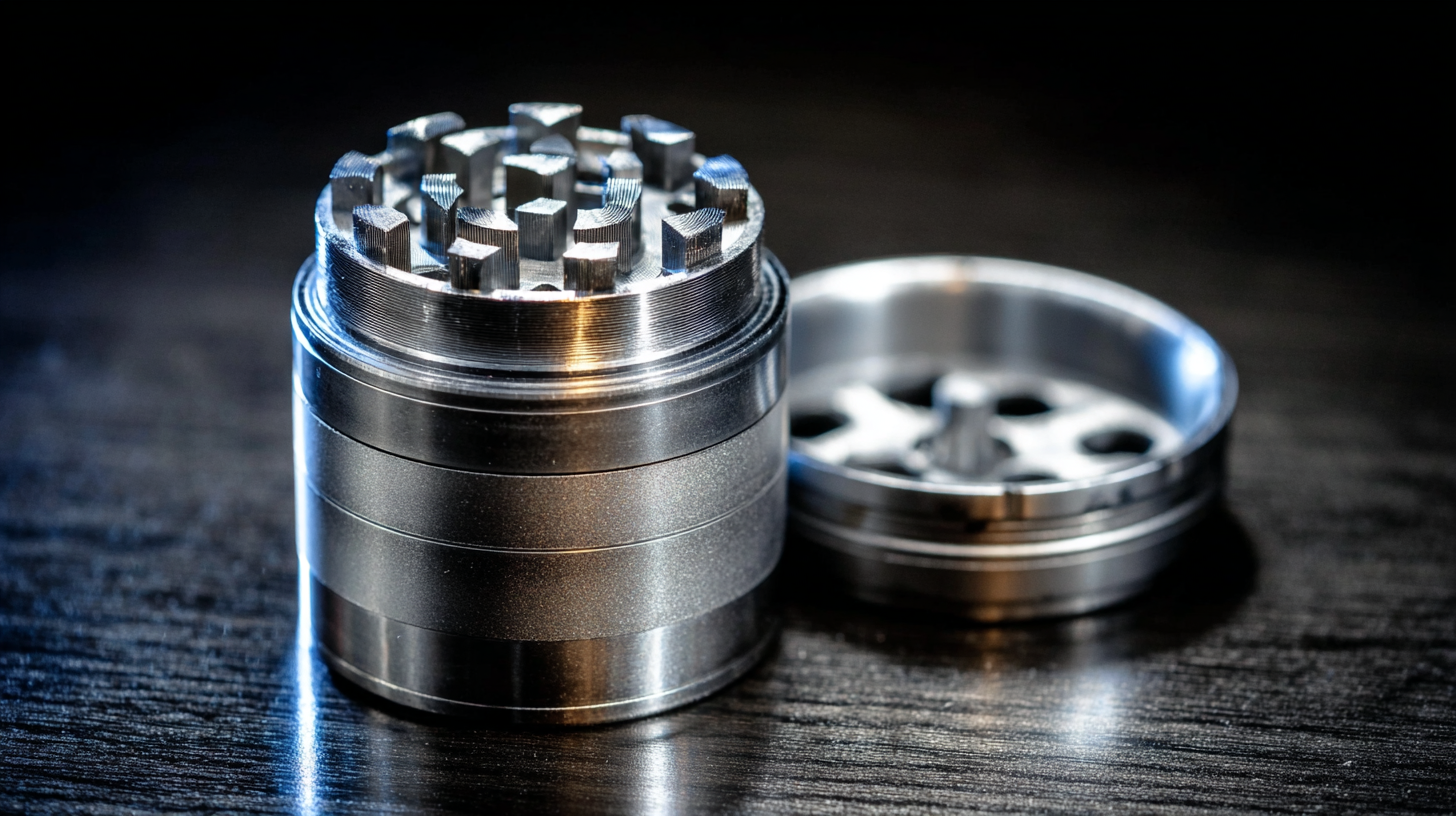
A straight grinder is a versatile power tool designed for precision grinding, polishing, and finishing tasks across various materials. Its fundamental feature is a straight spindle that allows different types of grinding wheels and attachments to be mounted, making it suitable for a wide range of applications. The design facilitates accessibility to tight spaces, which is crucial in industries like automotive, metalworking, and construction. Understanding the functionality of straight grinders involves recognizing their capability to perform tasks such as deburring, shaping, and smoothing surfaces with high efficiency and precision.
The operation of a straight grinder typically involves a motor that drives the spindle at high RPMs, allowing for effective material removal. Different types of grinding attachments can be used, including types of wheels for grinding, cutting, and polishing. Users can easily interchange these accessories to suit their specific needs, highlighting the tool's adaptability. As industries continue to demand more efficient and precise machining tools, straight grinders remain essential for both professional and DIY projects, ensuring quality outcomes in the final product.
Straight grinders are versatile tools primarily used in metalworking and manufacturing industries, where precision and efficiency are crucial. A key feature of straight grinders is their ability to utilize a variety of attachments such as grinding wheels, sanding discs, and cutting tools, allowing for diverse applications ranging from polishing to deburring. According to the latest market analysis by Research and Markets, the global demand for straight grinders is projected to grow at a CAGR of 5.7% from 2023 to 2028, driven by increasing automation and the rise of advanced manufacturing technologies.
Technical specifications are also essential in evaluating straight grinders. Most models are powered by electric motors that range from 300 to 1,200 watts, providing ample torque for heavy-duty tasks. The spindle speeds typically vary from 10,000 to 30,000 RPM, enabling operators to adapt the tool's power output to various materials. Moreover, the ergonomic designs and lightweight construction of modern straight grinders enhance user comfort and reduce fatigue during prolonged use. With the continuous advancement in tool technology, manufacturers are increasingly incorporating features like variable speed controls and enhanced dust extraction systems, thereby improving both performance and safety.
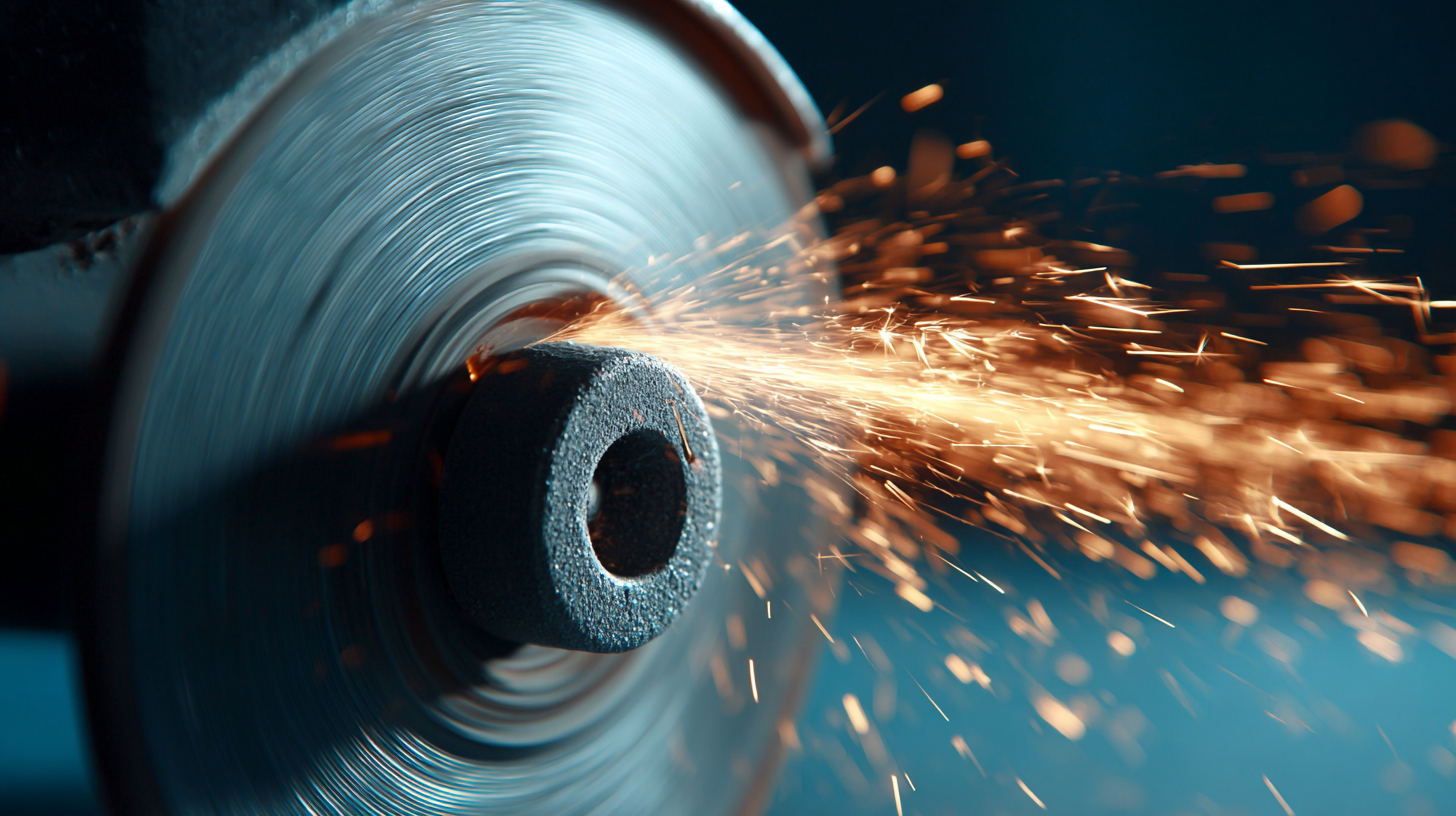
Straight grinders are versatile tools extensively utilized across various industries. In the manufacturing sector, for instance, they are crucial for metal fabrication projects, where they excel in grinding, polishing, and finishing metal surfaces. According to a report by MarketsandMarkets, the global power tools market is projected to reach $36.69 billion by 2025, with straight grinders anticipated to play a significant role in this growth due to their efficiency and precision.
In the automotive industry, straight grinders are frequently employed for tasks such as deburring and surface preparation. They enhance productivity by allowing for quick and efficient material removal, which is essential for high-quality finishes. A survey conducted by Technavio highlights that the automotive sector has consistently invested in advanced machining technologies, with an expected compound annual growth rate (CAGR) of 4% from 2021 to 2025.
Additionally, the aerospace sector leverages straight grinders for their capability to handle intricate components that require meticulous attention to detail. With increasing demands for lightweight and high-performance materials, these tools provide the necessary support for precision engineering. The Aerospace Industries Association reports that the aerospace sector is experiencing a significant uptick in production levels, further driving the need for reliable and effective grinding solutions.
When comparing straight grinders to other grinding tools, it is essential to understand their unique functionalities and advantages. Straight grinders are particularly valued for their versatility and precision. They feature a long, straight shaft that allows for better maneuverability in tight spaces. This makes them ideal for applications such as deburring, polishing, and sanding, where precision is critical. In contrast, tools like angle grinders tend to excel in heavy-duty tasks, such as cutting and grinding larger materials, but they may sacrifice some control in finer applications.
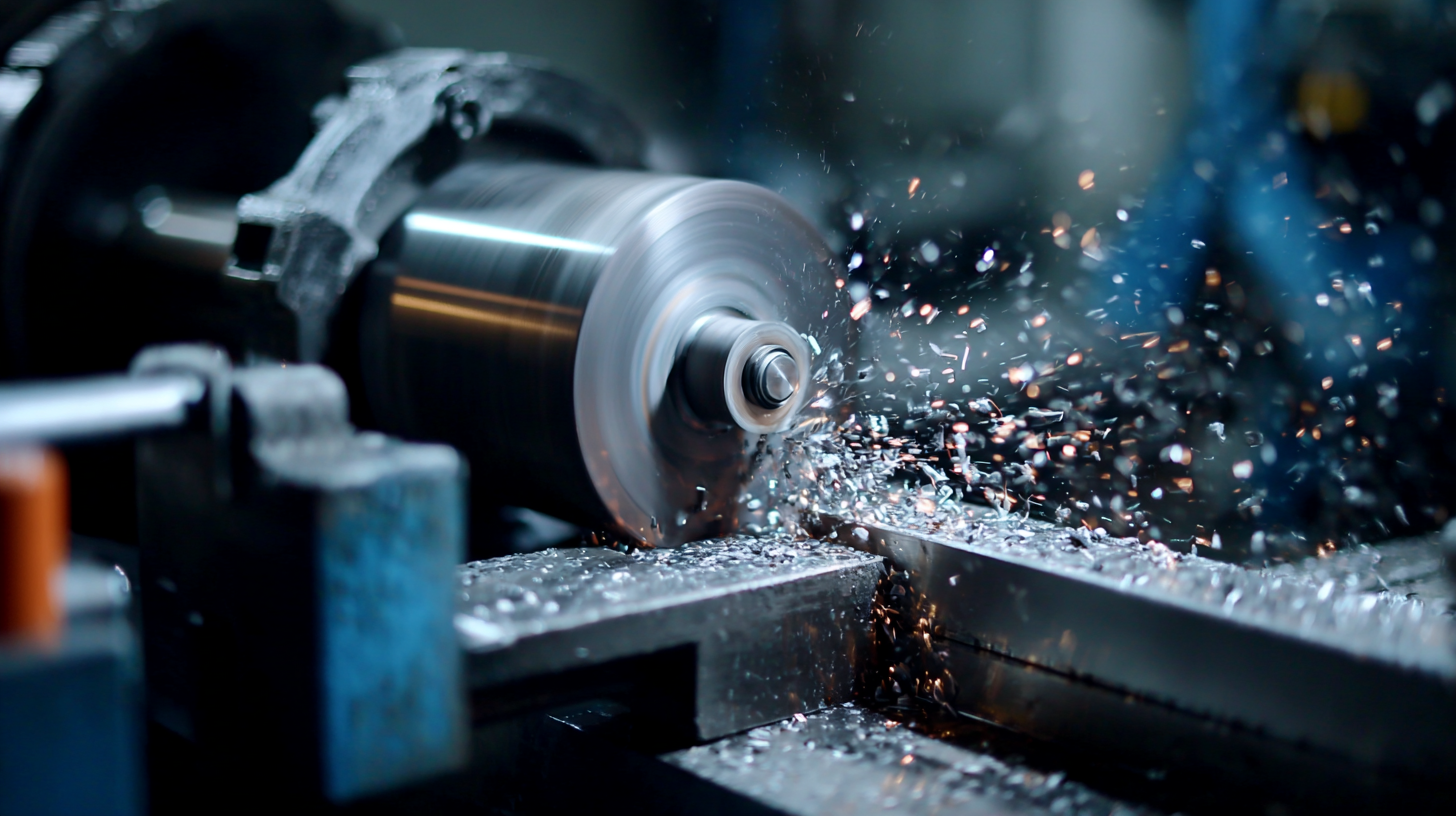
Moreover, the choice between straight grinders and rotary tools often comes down to the specific needs of the task at hand. Rotary tools, although compact and easy to handle, may not offer the same level of torque and durability as straight grinders. This makes straight grinders a preferred option for professionals working in industries such as metal fabrication and woodworking, where consistent results and the ability to tackle detailed work are paramount. Understanding these differences can help users select the most appropriate grinding tool for their projects, ensuring efficiency and quality in their work.
Straight grinders are versatile tools widely utilized in various industries for tasks such as grinding, cutting, and polishing materials. To ensure optimal performance and longevity, it’s essential to follow maintenance tips that can enhance their efficiency, particularly considering the operational parameters of grinding processes. Recent studies reveal that optimizing variables like grinding time, stirrer tip speed, and solid concentration can significantly influence grinding energy efficiency and particle size distribution. This information underscores the importance of maintaining straight grinders to maximize their effectiveness.
To maintain a straight grinder's optimal performance, regularly inspect and clean the grinding components. This helps to prevent debris build-up, which can lead to overheating and reduced efficiency. Additionally, it’s beneficial to monitor the grinder’s speed and feed size during operations; aligning these parameters with manufacturer specifications can minimize wear and tear. Implementing a periodic calibration routine not only safeguards the performance but can also lower operational costs by enhancing energy efficiency.
Using the right grinding accessories and keeping them in good condition is also pivotal. Dull blades or worn abrasive wheels can affect overall performance, leading to increased grinding times and energy consumption. According to industry reports, maintaining sharp tools can improve grinding efficiency by up to 30%, making regular maintenance and timely replacement of parts essential for industry success.
